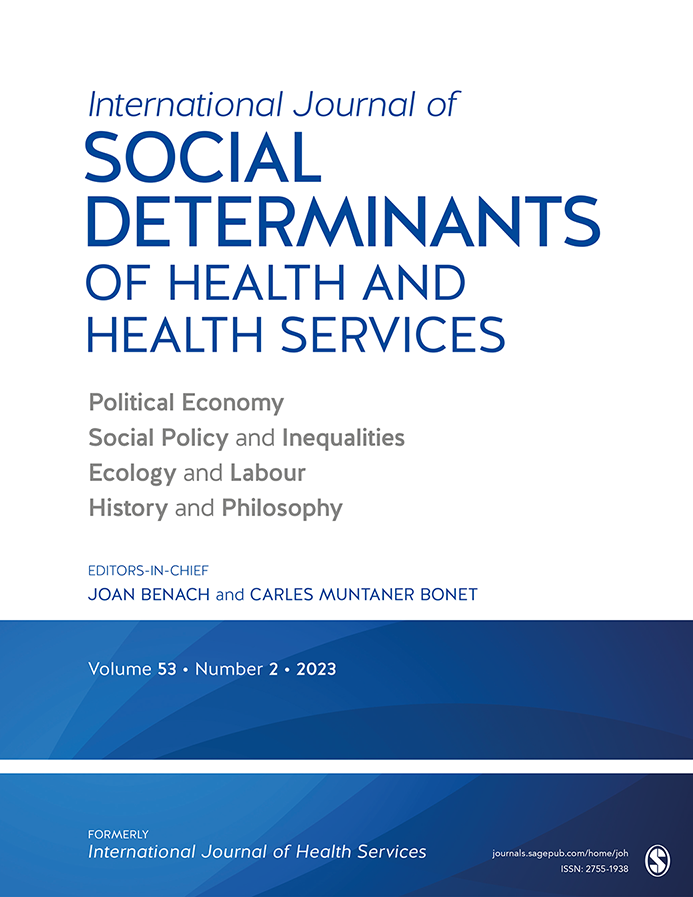The impact of the COVID-19 pandemic on refugees and asylum seekers in Greece: A retrospective analysis of national surveillance data from 2020
συγγραφείς: Elias Kondilis, Dimitris Papamichail, Sophie McCann, Elspeth Carruthers, Apostolos Veizis, Miriam Orcutt, Sally Hargreaves
Abstract
Background
Migrants globally, including refugees and asylum seekers, have experienced adverse clinical and socioeconomic impacts of the COVID-19 pandemic. For approximately 56,000 refugees and asylum seekers in Reception and Identification Centers (RICs) and Reception Sites (RS) in Greece, living in severely substandard living conditions, prevention measures have been impossible with limited provision in terms of routine testing, surveillance, and access to healthcare. These migrant populations have experienced prolonged lockdowns and restricted movement since the pandemic began. We aimed to assess the impact of COVID-19 on refugees and asylum seekers in reception facilities in Greece and explore implications for policy and practice.
Methods
A retrospective analysis of policy documents and national surveillance data was conducted to identify COVID-19 outbreaks and estimate incidence among asylum seekers and refugees residing in these camps during the first 9 months of the epidemic in Greece (26th February – 15th November 2020). Incidence proportion (IP) of COVID-19 confirmed cases was calculated for three population groups (refugees and asylum seekers in RICs, refugees and asylum seekers in RSs, and the general population in Greece) during three time periods (first wave, second wave, and overall across the 9-month period).
Findings
Twenty-five COVID-19 outbreaks were identified in refugee and asylum seeker reception facilities, with 6 (85.7%) of 7 RICs and 18 (56.3%) of 32 RSs reporting at least one outbreak during the study period. The overall 9-month COVID-19 IP among refugee and asylum seeker populations residing in RSs on the Greek mainland was 1758 cases per 100,000 population; in RICs the incidence was 2052 cases per 100,000 population. Compared to the general population the risk of COVID-19 infection among refugees and asylum seekers in reception facilities was 2.5 to 3 times higher (p-value<0.001). The risk of acquiring COVID-19 infection was higher among refugee and asylum seeker populations in RSs on the Greek mainland (IP ratio: 2.45; 95% CI: 2.25–2.68) but higher still among refugee and asylum seeker populations in RICs in the Greek islands and the land border with Turkey (IP ratio: 2.86; 95% CI: 2.64–3.10), where living conditions are particularly poor.
Interpretation
We identified high levels of COVID-19 transmission among refugees and asylum seekers in reception facilities in Greece. The risk of COVID-19 infection among these enclosed population groups has been significantly higher than the general population of Greece, and risk increases as living conditions deteriorate. These data have immediate implications for policy and practice. Strategies are now needed to ensure refugee and asylum seeker populations are included in national response plans to reduce transmission in at-risk groups for COVID-19, alongside inclusion in plans for COVID-19 vaccine roll out.
full article here
PDF here






